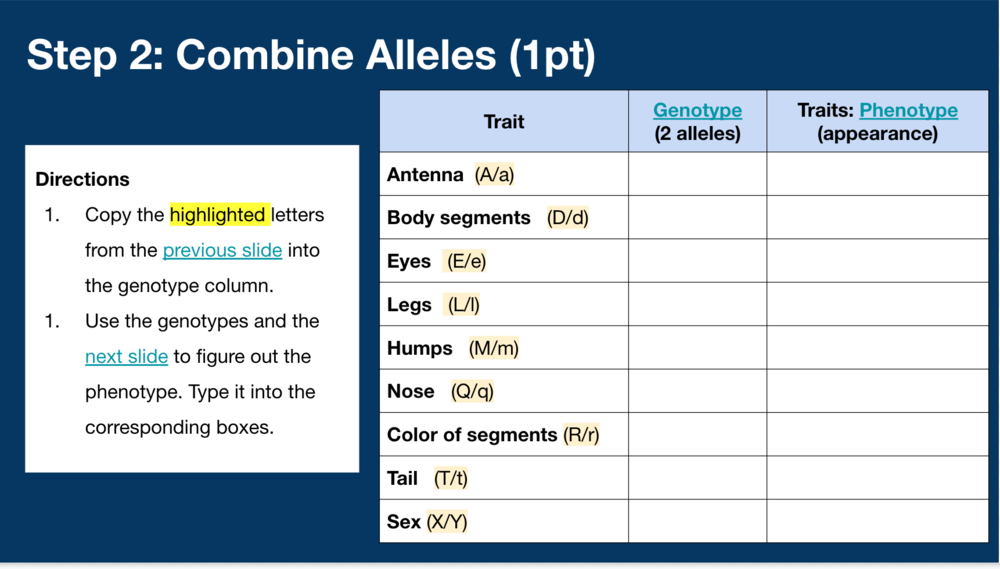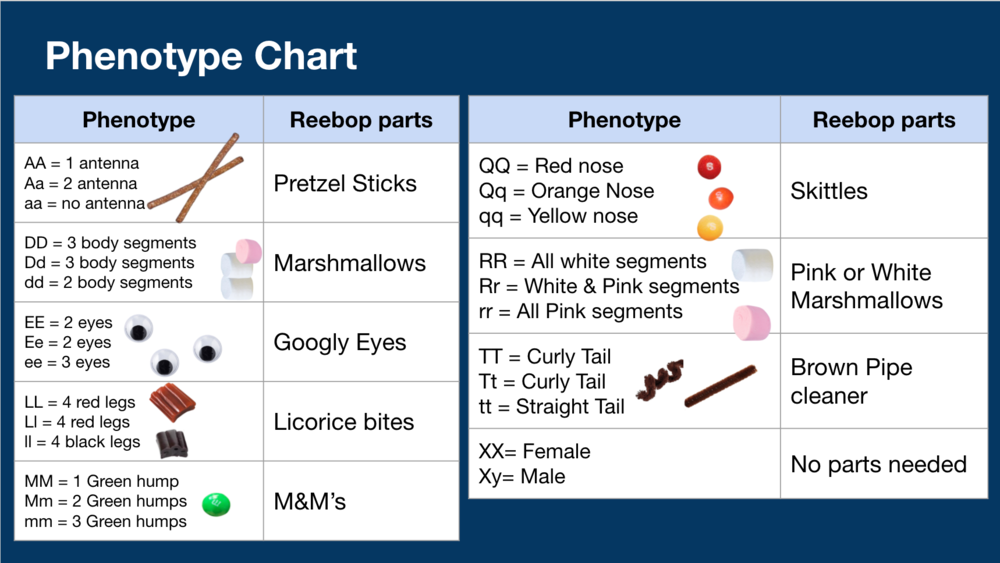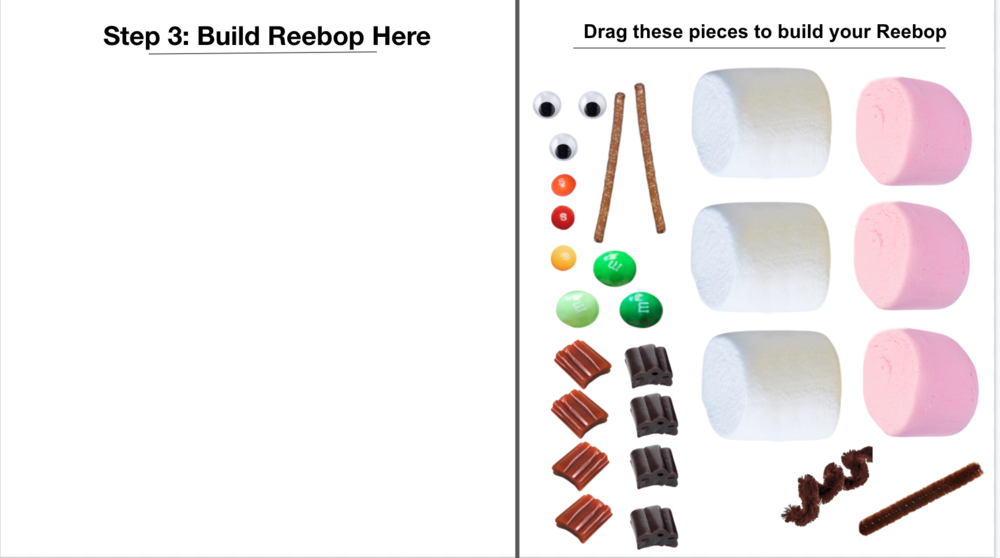A bat with brown skin sticks out its pink tongue while hanging upside-down from a tree branch against a background of green leaves.
A bat with brown skin spreads its wings while it hangs from upside-down a tree branch against a white background.
Your Custom Text Here

Bats
Bats create long-lasting families where everyone takes care of each other. They do not have boy/girl ways to act or look. Bats are most concerned with everyone being strong.

A bat with brown skin sticks out its pink tongue while hanging upside-down from a tree branch against a background of green leaves.

A bat with brown skin spreads its wings while it hangs from upside-down a tree branch against a white background.

White-Throated Sparrow
These birds have boy bodies that act in two different ways and girl bodies that act in two different ways. This means they have four genders and two body types!
Caption: Zonotrichia albicollis #ML63894671. Image credit (C) 2015 Keenan Yakola, taken on Seal Island, ME (Asset available at https://macaulaylibrary.org/asset/63894671)

Clown Fish
The girl Clown Fish body is larger than the boy body. And if the girl goes away and leaves the boy Clown Fish with the little fishes, he changes his body into a girl Clown Fish.

Beluga whales
Beluga whales have three body types: boy bodies, girl bodies, and boy-and-girl bodies. Oh whale!

Sea Horses
Boy Sea Horses have a pouch where the girl Sea Horse places the fertilized Sea Horse eggs. This allows the boy to be pregnant and care for the growing babies. This daddy carries the babies until they are ready to be born.

K-5 Gender Showcase
We are currently updating this popular resource to include more teacher guidance. Whale see you again soon!
In this blog post, biology education researchers Sarah L. Eddy and Aramati Casper describe how to support intersex and queer students through language choices and biologically accurate content.
How cool is this educational jewelry that @the_fish_nerd has created! Her photos show linked medallions illustrated with non-binary side-blotched lizards, transgender moray eels, and asexual condors. Thanks for sharing! - RXS
Ask me about my #queeranimals! Loved making some fun and educational jewelry for @sdpride parade tomorrow. Big shout out to @GenderInBiology for the resources. Look for me with Senator Steve Padilla's crew! 🏳️🌈🦎🏳️⚧️#LGBTQ #Pride #queerart #queerecology pic.twitter.com/CebbKRrVT5
— Jackie Gardner🏳️🌈 (she/they) (@the_fish_nerd) July 14, 2023
Gender-inclusive simulation of independent assortment for a genetics or evolution lesson. Adapted from slides created by Laura Funk (staff profile page) by modifying “mom” to egg-giver and “dad” to sperm-giver. Can also serve as model for discussion about mutations, epigenetics, evolution, chromosomes, alleles, nondisjunction. See also Teach.Genetics.Utah.edu's paper-based activities. See steps below and the questions for the assessment at the end. (Originally published here in 3/17/21.)
NGSS Works towards HS-LS3-1. Follow up with meiosis and HS-LS3-2.

Step 1: Flip a coin and highlight the capital or lowercase letter for that row.

Step 2: Combine the results from Step 1 to create a genotype (two letters).

Step 3: Use the third slide to decode the phenotype.

Step 4: Build the reebop based on the phenotype.
Assessment: Answer the questions in the Google Form.
0. Attach completed Reebops Nursery from your Drive.
1. Name your Reebop
2. What do you think each letter represents in the model?
3. What do you think combining the letters represents in the model?
4. All models are wrong. Some models are useful. What are some things missing from this model? List as many as you can think of.
5. Gametes (egg & sperm cells) contain 1 pair of chromosomes (n = haploid), the other body cells contain 2 pairs of chromosomes (2n=diploid). Is your baby reebop haploid or diploid?

Authors: Gary William Wright, Cesar Delgado
Published in: Science Education (Feb 5, 2023) at https://doi.org/10.1002/sce.21786
Students who identify as LGBTQ continue to report feelings of being unsafe at school because of their sexual orientation, gender identity, and gender expression. Access to a gender and sexual diversity (GSD)-inclusive curriculum and supportive teachers may positively improve the school climate for LGBTQ students, but these supports are often not included in STEM classrooms. One response is to ensure that STEM teachers are prepared to integrate GSD-inclusive STEM teaching into their classrooms. This review systematically analyzed the literature on supporting and affirming GSD in K-12 and higher education STEM education contexts. The 81 selected studies were qualitatively analyzed using inductive thematic analysis and epistemic network analysis, and the findings showed that GSD-inclusive STEM education literature coheres around six highly related constructs: Heteronormativity, Social Justice, Epistemic Knowledge of Science and Inquiry, Identity, Embodiment, and GSD language. Identifying these constructs, and the connections among them, led to the generation of an operational framework of GSD-inclusive STEM teaching that can inform and guide STEM teacher education programs and STEM teacher professional development to develop STEM educators' equity literacy around GSD to foster bias-free, equitable, inclusive STEM classrooms.
Here are the slides and references from our workshop at the 5th Annual STEP Alumni Conference, November 5, 2022. We delighted in the conversations and are so grateful that you joined us! The recording is available here and embedded in the doc above.
Abstract
Biology is the study of the diversity of life, which includes diversity in sex, gender, and sexual, romantic, and related orientations. However, a small body of literature suggests that undergraduate biology courses focus on only a narrow representation of this diversity (binary sexes, heterosexual orientations, etc.). In this study, we interviewed students with queer genders to understand the messages about sex, gender, and orientation they encountered in biology and the impact of these messages on them. We found five overarching themes in these interviews. Students described two narratives about sex, gender, and orientation in their biology classes that made biology implicitly exclusionary. These narratives harmed students by impacting their sense of belonging, career preparation, and interest in biology content. However, students employed a range of resilience strategies to resist these harms. Finally, students described the currently unrealized potential for biology and biology courses to validate queer identities by representing the diversity in sex and orientation in biology. We provide teaching suggestions derived from student interviews for making biology more queer-inclusive.
Resource Roundup is a newly periodic attempt to capture all the links aggregated through conversations and requests, shared by many. We focus on science education materials but have encountered enough sex education-adjacent curriculum to share the collection below. Your mileage may vary. (RXS)
We shared this guide with attendees at a workshop this year.
TITLE: Gender Inclusive Adaptations to Environmental Education
Principles of Gender Inclusive Biology (cheat sheet)
How to Respond to Common Questions/Objections to GIB teaching (quick & easy tips)
Gender-Inclusive Biology: A Framework in Action (NSTA article with resources)
How do we present gender, sex, and sexuality as part of inclusive and accurate science teaching? (extensive STEM Teaching Tools brief)
Middle & High School Resources (direct links to lessons)
Scientific American - Beyond XX and XY (flowchart)
GLSEN Gender Triangle Education Guide (identity-expression-attribution-assignment)
Gender Unicorn (spectra)
Gender & Sexuality Galaxies (cloud concept map)
Language Guide (table, differentiated by discipline & intensity)
Talking to Kids About Science in a Gender-Inclusive Way (article w/ table)
STEM/Equity Etymology Posters (print-ready slides)
Temperature-dependent sex determination (crocodile video)
Temperature-dependent sex determination (turtle video)
Touch-based sex determination (slipper limpets video & diagram)
Early life nurturing & later life stress response (lick your rats)
Evolution of Sexual Reproduction (Nature summary)
Gender Showcase (bite-size posts about enduring variation in survival)
Queer species database of 200+ organisms (research source)
Diverse Animal Reproduction (survey & reflection) (r- k- strategy gallery walk)
Pigeonetics Game (answer key available in guide)
Why do the foods we eat matter? (Native-driven environmentalism for salmon in 3 case studies) (at a glance guide)
(See also newsletter issue Oct2019)
Resource roundup on this coming soon; just need to describe them (RXS)
FURTHER RESOURCES
Myths of Human Genetics (data and graphs for lots of human genetic traits that aren’t clear; tongue rolling, widow’s peak, etc.)
Questionable Questions About Transgender Identity (Answers to Qs it’s rude to ask)
Attendees also received a summary of all the resources and Q&As generated during the workshop, as well as opportunities to workshop their own curriculum on request. (If you’re interested in a workshop online, send us a note via the form at the bottom of the page.)
Resource Roundup is a newly periodic attempt to capture all the links aggregated through conversations and requests, shared by many. We focus on science education materials but have encountered enough sex education-adjacent curriculum to share the collection below. Your mileage may vary. (RXS)
For a comprehensive sex ed curriculum check out Advocate for Youth's 3Rs . It's completely free unlike most curricula and they just did a big update of the lessons this year!
GIB offers a longer language guide (sex ed is the last category) and has a Healthy Teen Tipsheet linked there.
Queer Sex Ed’s Gender Expansive Puberty: An Educational Guide
Short on time? BIG rec for the → zines← on Queer Sex Ed Community Curriculum about dysphoria vs. dysmorphia, anti-fat bias, science, sex, and society, sex diversity in nature, boundaries, and gender expansive puberty, and more! [Ed. note: I made certain pages a station for discussion that they then had to record the synthesis of before they moved on.]
Gender Spectrum's Gender Inclusive Puberty & Health Education Principles and Resources
Sex Ed for Social Change (SIECUS) has this Guidelines for Comprehensive Sexuality Education (K-12) that may help with scope & sequence concordance with the National Sex Education Standards supplementing.
very accessible sex determination & non-disjunction activity by Sabrina Kayed, based on the Scientific American "Beyond XX and XY" poster, and has students trace chromosome to gonads to hormones to organs to traits development based on the sex chromosomes available
Planned Parenthoods have peer education groups who do guest lessons Teen Council
SparkEd - Planned Parenthood sex ed lessons
Planned Parenthood lessons (y en español)
LGBTQ Family + Gender Diversity Elementary Teaching Guide (SFUSD)
Gender Inclusive Language Guidance for SFUSD Educators (SFUSD)
Sex Education Collective may help you find nearby folks to collaborate with
Turner Syndrome Foundation's Guide to Your Body for people with Turner Syndrome (XO)
Oregon DoE sexuality education newsletter has a lot of links grouped by topic
#sex ed tagged articles from Teen Vogue
Title: Associations of LGBTQ-inclusive sex education with mental health outcomes and school-based victimization in U.S. high school students

Journal: Journal of Adolescent Health
Public access URL: https://www.ncbi.nlm.nih.gov/pmc/articles/PMC6478545/pdf/nihms-1516132.pdf
Summary: Students with a greater proportion of LGBTQ-inclusive sex education have lower odds of experiencing school-based victimization and adverse mental health [such as depressive symptoms, suicidal thoughts, or making a plan to commit suicide
clear infographics (see above for examples),
a checklist with advice for challenging situations such as:
and a statements-editing activity from a workshop by SextEd (a free and confidential texting helpline that answers questions about sex, dating, and health within 24 hours) and ACCM (AIDS Community Care Montreal).
“We also know it can be challenging to use inclusive language when students, peers, or service users don’t, or they’re not familiar with the practice. In these cases, you can still take the time to gently explain why you speak or write the way that you do: to respect the diversity in people’s sexualities, genders, and bodies. If someone asks why you phrased something a certain way, you can take the time to explain why.
In situations where a person is asking a question or speaking in a way that isn’t inclusive, you can....
— Use phrases like “Yes, men, or anyone with a penis, can get an erection at random.”
— Gently remind them of identities they didn’t include in their statement or question, “Yeah, for sure. But I also
think it’s important to keep in mind that some men don’t have penises, and some women do, to make sure we’re
being inclusive.””

[What they measured:] This study analyzed the associations among male adolescents’ gender attitudes, intentions to intervene, witnessing peers’ abusive behaviors, and multiple forms of adolescent violence perpetration.
[Who they studied:] Data were from a cross-sectional survey conducted at baseline with 866 male adolescents in community settings (i.e., youth-serving organizations, churches, after school programs, and libraries) across 20 lower-resource neighborhoods in Pittsburgh, PA from August 2015 to June 2017, as part of a cluster RCT.28 Eligible youth were aged 13—19 years, identified as male, and recruited to participate in a gender-specific violence prevention program.
[Goals] This community-based evaluation aims to inform future youth violence prevention efforts through the identification of potential predictors of interpersonal violence perpetration.
[Conclusions] Findings support violence prevention strategies that challenge harmful gender and social norms while simultaneously increasing youths’ skills in interrupting peers’ disrespectful and harmful behaviors.
Miller E, Culyba AJ, Paglisotti T, Massof M, Gao Q, Ports KA, Kato-Wallace J, Pulerwitz J, Espelage DL, Abebe KZ, Jones KA. Male Adolescents' Gender Attitudes and Violence: Implications for Youth Violence Prevention. Am J Prev Med. 2020 Mar;58(3):396-406. doi: 10.1016/j.amepre.2019.10.009. Epub 2019 Dec 27. PMID: 31889621; PMCID: PMC7039734.
The overall goal of the SOC is to provide clinical guidance for health professionals to assist transsexual, transgender, and gender nonconforming people with safe and effective pathways to achieving lasting personal comfort with their gendered selves, in order to maximize their overall health, psychological well-being, and self-fulfillment. This assistance may include primary care, gynecologic and urologic care, reproductive options, voice and communication therapy, mental health services (e.g., assessment, counseling, psychotherapy), and hormonal and surgical treatments.
While this is primarily a document for health professionals, the SOC may also be used by individuals, their families, and social institutions to understand how they can assist with promoting optimal health for members of this diverse population.
Kaiser Permanente Transgender Care follows the WPATH standards of care and the 2009 Endocrine Society Guidelines, as well as a companion document for voice and communication change. Click through to access this file in 18 different languages.
Many people experiencing discrimination have encountered “victim-blaming” where the solution to the hate crime is to remove the identity being persecuted. Suppose a woman might have been told her attire “invited” sexual assault or even rape. Suppose a gay teen is told to stop “flaunting” their lifestyle choice, often by teachers and administrators in positions of trust and protection, when they report violence and daily harassment in the classroom. Suppose a recent immigrant is told that once they “learn English”, classmates will stop stealing his things and urinating on his book bag.
Only when teachers and administrators take risks to establish honest conversations that proactively support inclusion and affirm the expressive diversity of all people on campus (including students who feel the need to bully and abuse others) can we create genuinely safe spaces.
In addition to highlighting the inaction of teachers and other school staff, Daniel’s story illustrates the tendency among some school staff to ‘blame the victim’ in cases of anti-LGBT harassment, as other researchers have noted.
In Hatred in the Hallways, authors Michael Bochenek and A. Widney Brown cite situations in which LGBT students were removed from classrooms and even schools as a '“solution” to their having been harassed (while the perpetrators faced minor consequences), as well as one in which an assistant principal reportedly said of a student who had been harassed, “If he didn’t walk around telling people that he’s gay, there wouldn’t be any problems.”
Michael Bochenek and A. Widney Brown, Hatred in the Hallways: Violence and Discrimination against Lesbian, Gay, Bisexual, and Transgender Students in US Schools (New York: Human Rights Watch, 2001), 83.
Michael Sadowski, ed., Adolescents at School: Perspectives on Youth, Identity, and Education (Cambridge: Harvard Education Press, 2015), 125.